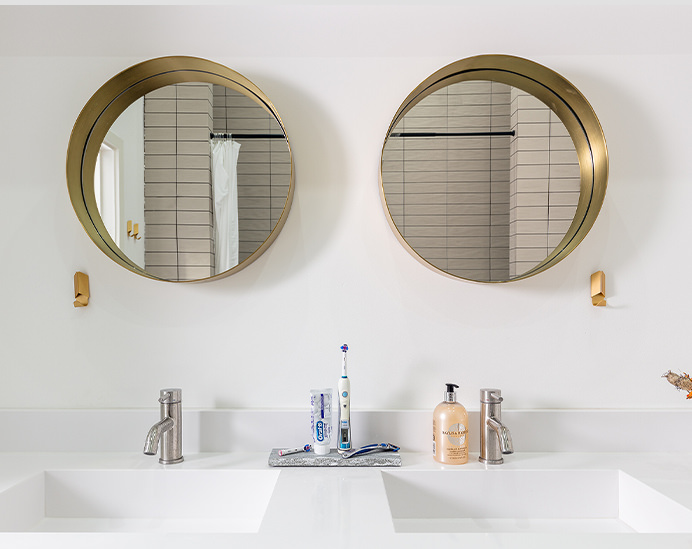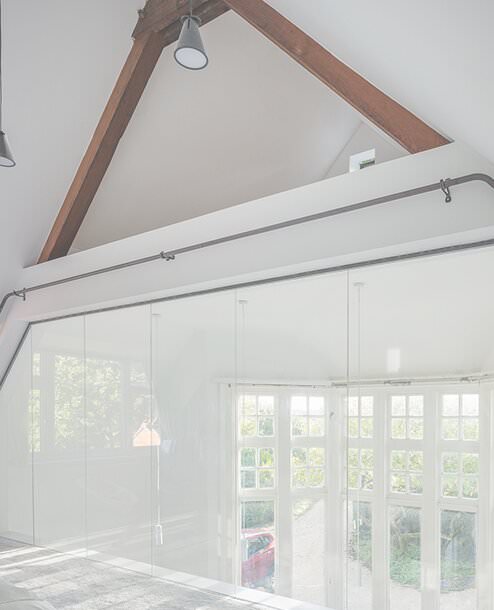What Is A Principal Designer?
March 31, 2022
“A principal designer can be an organisation or individual who is appointed by the client to take the lead in planning, managing, monitoring, and coordinating health and safety during the pre-construction phase of a project involving, or likely to involve, more than one contractor.” Great! Is it?
How about all the nuances of CDM roles? Who can actually act as a principal designer? Why is there such a role? What are the principal designer's duties? These were the questions we had upon the formation of the Construction (Design and Management) Regulations 2015, CDM for short, and have since had from clients and contractors.
Let's run through some of the details of what a principal designer is and how they work with clients.
What Exactly Is a Principal Designer?
Isn’t it just what it says on the tin?
Not quite. The title is a little misleading and can be confusing. A designer is any organisation or individual whose work on the project involves preparing, modifying or instructing designs for construction, and naming one as principal implies a hierarchy of design in which they reign.
The Construction (Design Management) Regulations set in 2015 introduced the role of principal designer, whilst outlining new CDM roles and responsibilities.
Isn’t a Principal Designer the Same as a Principal Contractor?
This is where the confusion lies, as a principal contractor is responsible for overseeing the overall construction phase on projects with more than one contractor.
Whereas it’s much easier to think of the principal designer as a designer of risk, and that they are responsible for organising and reviewing the designed risks of all the other designers at the beginning of the construction phase.
What Are the Duties of a Principal Designer?
Keeping the previous paragraph in mind, the duties and tasks of the principal designer are mostly about filtering and collating any information regarding health and safety, and ensuring it is all easily accessible and inclusive.
Here’s more information on their duties:
● Planning, managing, and monitoring health and safety regulations during the pre-construction phase.
● Liaising with the principal contractor to inform them of any potential risks that need to be given attention to during the construction process.
● Working with other designers on projects in order to prevent potential risks.
● Ensuring each member involved during the pre-construction phase cooperates with each other.
● Advise clients with pre-construction information.
Why Is There a Principal Designer?
Beyond being a legal requirement under CDM regulations for any project involving more than one contractor. Appointing a principal designer ensures that the health and safety risks for both site operatives and building users are considered and managed throughout construction and upon completion of the project.
If the principal designer writes the playbook for health and safety integration and compliance within a construction project, the principal contractor studies it and writes in the margin.
Who Can Be a Principal Designer?
Anybody can be anything, except a principal designer. You can’t be a principal designer without first being a designer, so the appointed individual or organisation would need to meet that criteria with regard to the project in question.
Most importantly, a principal designer must be able to demonstrate that they have the health and safety skills, knowledge, experience, and organisational ability to carry out the role and that these criteria are at a level proportionate to the complexity of the project.
For example at Vita, we are registered members of the RIBA and are architects, thus designers, and are required to have a working knowledge of the construction industry, relative to the scale of the projects we are involved with.
How Does a Principal Designer Work With Clients?
Domestic clients are assumed to have little or no skills in construction according to CDM regulations and so the client duties are divvied up amongst the other duty holders.
They automatically pass on to the principal contractor (or contractor if there’s only one), but these duties can be passed on to the appointed principal designer if agreed in writing.
Commercial clients tend to be anyone having construction work carried out for them in connection with a business, and domestic clients vary in what is expected from them with regard to CDM.
Client duties apply the same way that commercial clients do, meaning that the commercial client must:
• Appoint the designers, contractors, principal designer, and principal contractor and ensure that they are carrying out their roles, and have the skills, knowledge and experience to do so.
• Allow sufficient time and resources for each stage of the project.
• Provide welfare facilities throughout the duration of work.
Our advice to domestic clients is to proceed as though all client duties applied to them, be involved, engage with your appointed principal designer, and ask questions! Client curiosity keeps the cat safe, well, and healthy.
The general rule of thumb for CDM compliance is to have the discussion as early as possible with your architect and appoint the principal designer as early on in the design process as possible.
It’s difficult to design risk out of a project if it’s not happening during design after all.
If you’d like to receive more advice on working with a principal designer on your construction project, get in touch for expert advice.






